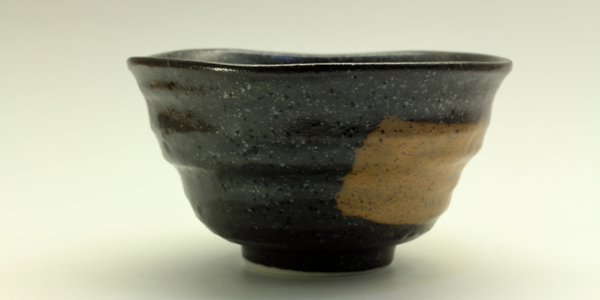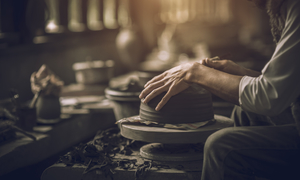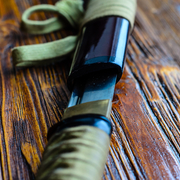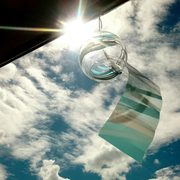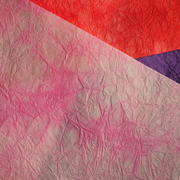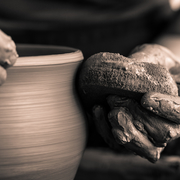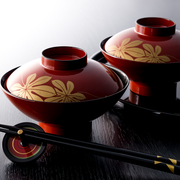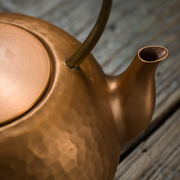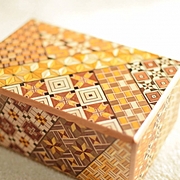Explore the world of Japanese Ceramic Ware
What is Japanese ceramic ware?
In this article, we will navigate you to the world of Japanese ceramics such as its history and various types of ceramics.
With the knowledge, you will be able to select Japanese ceramic table ware more easily, which would make your meal time more enjoyable.
You may even pay closer attentions to cooking while thinking how each dish would look like on ceramic ware you use.
Let’s begin our highlight tour of Japanese ceramics!
Types of Japanese Ceramics
Toujiki (陶磁器) in Japanese language is often translated as “Ceramic ware” which is a generic term of pottery and porcelain. (ceramic ware 陶磁器; pottery 陶器; porcelain 磁器, china)
Putting a story of pottery aside for now (to be explained later on,) porcelain ware first appeared in Japan in the 1610’s during early Edo period(1603-1867).
The greatest differences between pottery and porcelain are hardness and thickness.
C haracteristics of Pottery
The main raw ingredient of pottery is China clay.
Heating temperature is somewhere between 1100 and 1300 C° (2012~2372F°)
Pottery ware is softer and absorbs water more than porcelain.
Pottery ware gives warm touch and has a thermal ability to keep dishes or drinks warm.
The history of pottery is very long and its roots dates back to Jomon pottery (14,000–300 BC,) in the Neolithic Period, Jomon pottery features with straw-rope patterns.
Major production places of pottery in Japan include Mino, Seto, Shigaraki, Kiyomizu (Kyoto), Hagi, Karatsu and Bizen.
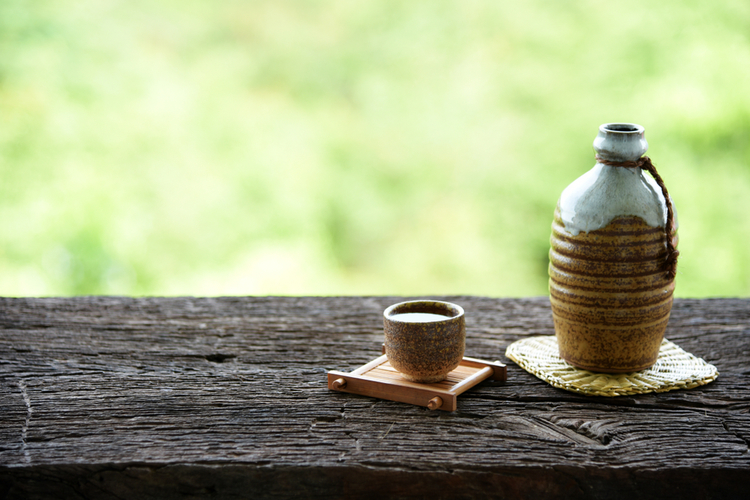
C haracteristics of Porcelain
Raw materials of porcelain are finely ground porcelain rocks and stones (“Ishi” 石).
That's why Japanese porcelain is called "Ishi-mono = stone things".
Heating temperature of porcelain is 1250 ~ 1400℃ (2282 ~ 2552F°).
The heating temperature of the porcelain is very high and porcelain ware is glassy quality and thin.
In China it has been valued for a long time since its texture is similar to Jade.
An image of cold and sharp is the feature of porcelain.
The history of porcelain in China is long, and numerous white porcelains are excavated from the ruins of the Northern Song Dynasty (960 - 1279 BC).
To the contrary, history of porcelain in Japan is not very long that its manufacturing (early Imari-ware) began in early 1610’s during early Edo period.
Typical production regions of porcelain include Arita (Imari), Kutani, Hasami, and Ibe.
In China's production area, Jingdezhen is well known.
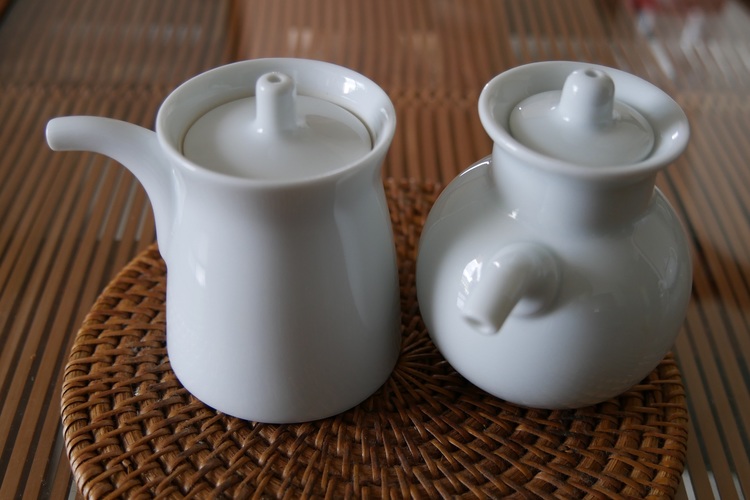
History of Ceramics in Japan
A cient times: Jomon period ~ Kofun period (about 15,000 years ago ~ about 700 AD)
The history of ceramics is very old and dates back to the Jomon period (roughly 15,000 years ago to 2,300 years ago).
As you know, Jomon pottery is also one of ceramics.
After that, from the Yayoi Period (300 BC–300 AD) to the Kofun Period (250 AD – 538 AD) Hajiki ※1(Yayoi pottery ware) and Haniwa (clay figures in the shape of men, women or animals especially horses) appeared.
※1 Hajiki : Haji pottery is a type of earthenware that evolved from Yayoi-type pottery and was produced from the Kofun (tumulus) to Nara and Heian periods, until replaced by Kawarake earthenware in the medieval and early modern times.
The manufacturing methods and styles of Yayoi pottery were significantly different from Jomon pottery, which depicted the influence of immigrants with different cultural background from the native Jomon inhabitants.
A new ceramic technology was transmitted through the Korean Peninsula around the 5th century, and Sueki pottery appeared, which is made by reduction firing at high temperature.
The glaze※2 was used for Sueki for the first time in the history of Japanese ceramics.
※2 Glaze : Glaze is the vitreous substance covering the surface of the tableware.
The glaze used during this period mainly made from plant ashes.
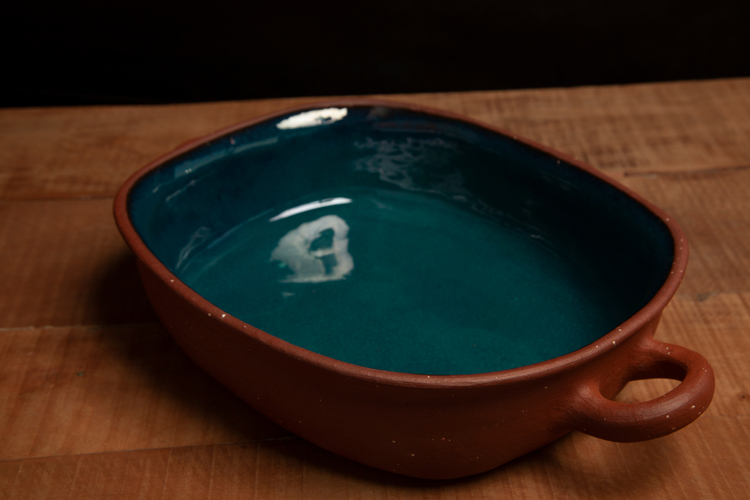
A suka period - Heian period (538 - 1185)
After Asuka and Nara periods (538 - 794) and through Heian period (794 - 1185), local ruling family grew more powerful, and kilns were built in many regions to manufacture pottery.
Sanage region※3 (Aichi) was the place where mass production of ash glaze pottery calcined at high temperature began.
※3 Sanage region : Sanageyo is the region where over 1,000 old kilns were widely spread out from the east of Nagoya city to southern Seto city and western Toyota city.
It is one of Japan's three major kiln ruins: Suemura kiln ruin in Sakai city, Sanage kiln ruin in Nagoya city, and Atsumi kiln ruin in Atsumi Peninsula in Aichi.
In the end of the Heian period (794 - 1185), hard fired and water resistant pottery appeared in the regions of Tokoname in Atsumi Peninsula, Shigaraki in Mie, Tamba in Hyogo, and Bizen in Okayama.
Mass production of pottery ware for practical use was realized when common people started to use them as daily table ware.
K amakura period ~ Momoyama period (1185 ~ 1603)
During Kamakura and Muromachi periods (1185-1568), people in Kyoto highly valued the pottery so-called “Kara-mono” imported from China, and many copies of Kara-mono were made.
However, the Karamono boom did not last long.
From the late Muromachi period, a sense of beauty that would respect Japanese unique culture replaced Karamono.
In addition, with the emergence of Sen-no-Rikyu, a founder of “Wabi-cha”, the primary way of tea ceremony, Japanese goods that gives a sense of “Wabi-sabi: quiet simplicity” began to be highly valued.
During Momoyama period (1568-1603), kilns that would produce masterpieces of tea ceremony tools including Raku-bowl by Choshiro appeared one after another such as Mino's Kose Seto and Seto Black, Shino and Oribe, Shigaraki, Iga and Karatsu.
This was the golden era of Japanese ceramics throughout its history.
E do period "Emergence of Porcelain" (1615 ~)
With the emergence of Ninsei Nonomura who established a technique called Gohonte (sample works of ceramics) as well as other great pottery artists such as Ogata Kenzan in Kyoto, the golden age of Kyo-yaki (Kyoto style porcelain) started.
Please note that Gohonte means “sample works” in Japanese.
During this time of period, once sample works were made in Japan, they were shipped to kilns in overseas including Busan in Korea for mass production.
Gohonte featured reddish patterns.
While gorgeous Kyo-yaki was in fashion, a new porcelain style introduced by the potters of the Korean Peninsula (Yi Sam-pyeong and others) came to stay in Arita region, Kyushu.
The first porcelain made in Arita took place in 1610’s.
Arita-ware is also called "Imari-ware," named after the regional name “Imari,” which was the shipping port of Arita-ware.
"Imari ware" modeled on the blue and white porcelain of Jingdezhen, China and adopted the technique of colored painting as well.
Eventually "Imari" grew to a world-famous porcelain production area.
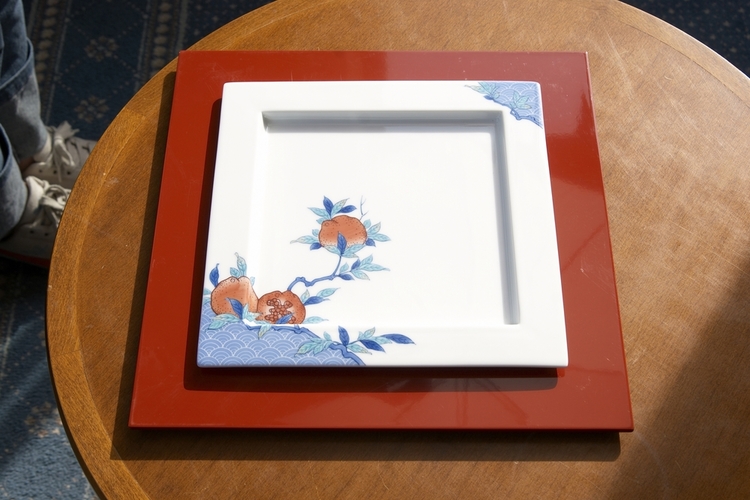
From the second half of the 17th century to the first half of the 18th century, Arita-ware (Imari-ware) was exported to all over the world including Europe through the Dutch East India Company.
In addition, with technological innovation by Chinese potters in the 1640's, a new porcelain style emerged in which color painting is added after the primary firing.
This is called "Kokutani style".
Then, "Kakiemon style" appeared in 1660’s.
With these innovative styles, Arita-ware started to be recognized as a top-rank porcelain brand.
Summary:
Now you know what Japanese ceramics are.
Japanese ceramics evolved through adopting technologies from overseas including the Korean Peninsula and Jingdezhen in China, and transformed to beautiful styles unique to Japan.
Japanese traditional simple meal style of “one bowl of soup and one dish” succeeded from the ancient times was passed over to the tea ceremony culture, and it is still working as a driving force to create beautiful ceramic ware as well.

